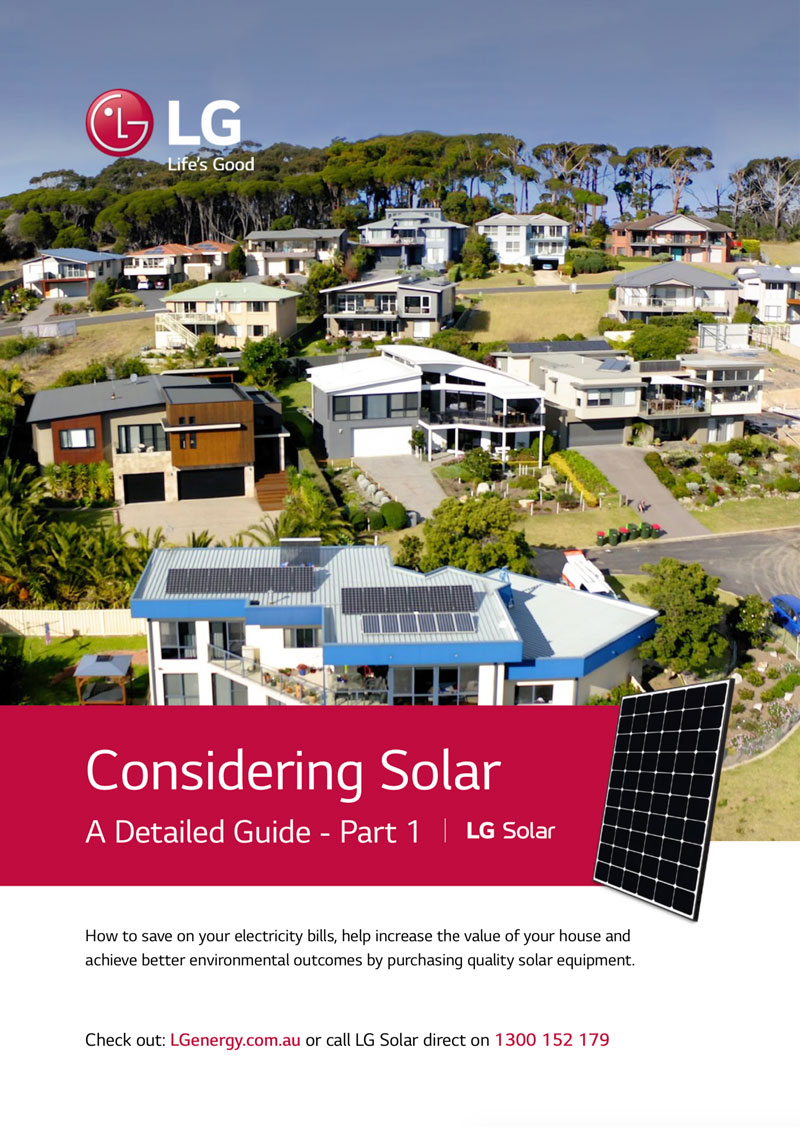Is solar power truly CO2 free?
Although solar energy remains a very small part of the world’s overall energy mix, it is growing rapidly.
Crystalline solar cells are the most commonly sold product and have fallen in cost dramatically over the past 5 years particularly. Although there are a host of variables, in many countries, solar systems produce electricity at or close to the cost of electricity from other conventional sources, which continue to rise. When the cost of solar electricity matches the cost of conventional energy, we refer to this as “grid parity”.
Governments around the world have provided financial support for solar energy in many countries in recognition of its important role and because it avoids reliance on rapidly depleting sources of fuel. It is important to acknowledge and understand that historically virtually every form of energy generation technology has received some level of support as it has grown, so solar is not alone in receiving support.
In terms of its environmental benefit, there are several ways to consider solar's performance.
The first is the lifecycle energy cost, or how much energy it takes to create a solar panel from start to finish. Although this varies a little depending on the type or solar panel and the individual manufacturer, several studies have been conducted into the amount of embodied energy in different countries. The consensus is that the total amount of embodies energy will be recovered in the first 1-2 years of a solar panels working life and hence, its embodied energy is very low.
The second issue is how much Greenhouse House Gas (GHG) is avoided by using solar power, with the typical focus on the most significant greenhouse gas from electricity generation which is Carbon Dioxide (CO2).
In NZ each kW/h of electricity generated from conventional sources creates on average, approximately 1kg of CO2. Naturally hydro electricity has a much lower CO2 content.
How much CO2 is avoided depends on the conventional electricity it displaces and this varies by country and generation technology. In principle, solar creates no CO2 (or other emissions - other than during the manufacture and recycling of the product) and therefore is a renewable CO2 free form of energy generation.
Please note that LG solar panels power our solar power manufacturing factory with a 3,5MW solar system of LG panels. Therefore our panels are likely to have one of the lowest CO2 components, compared to many competitor panels.

